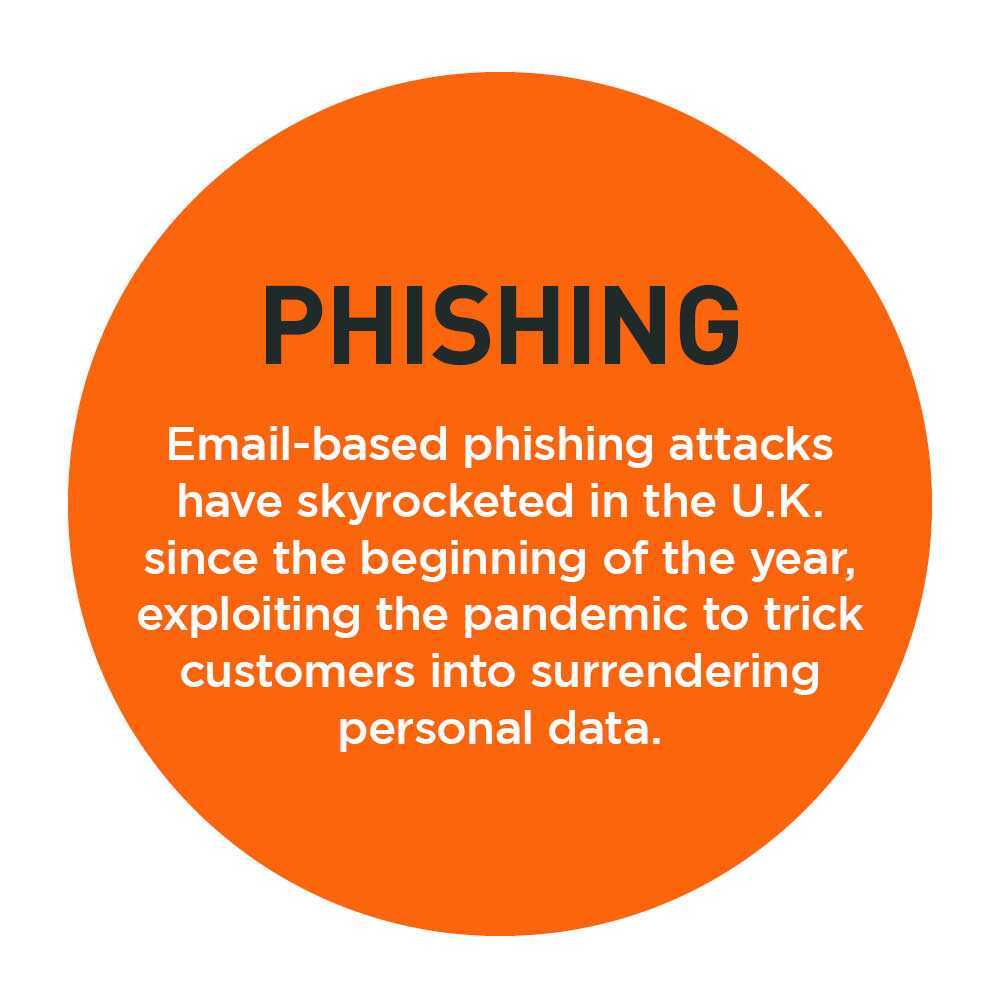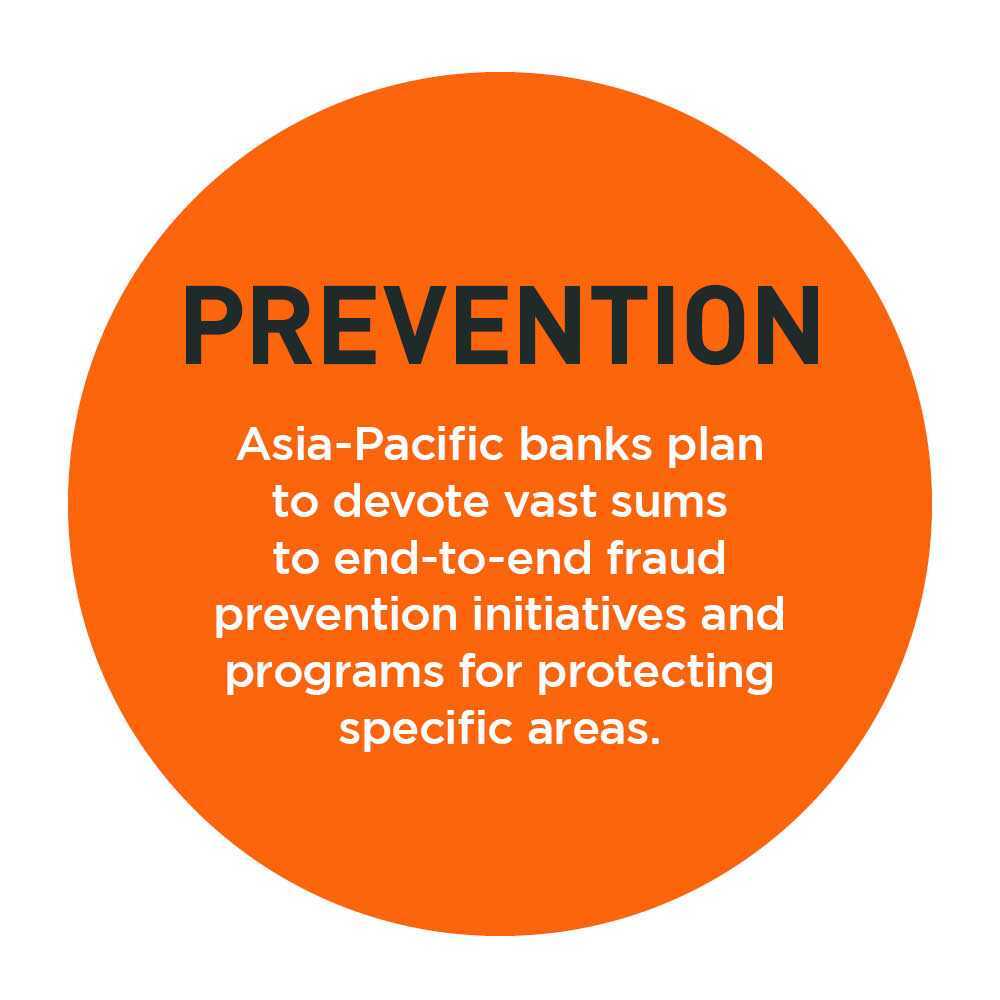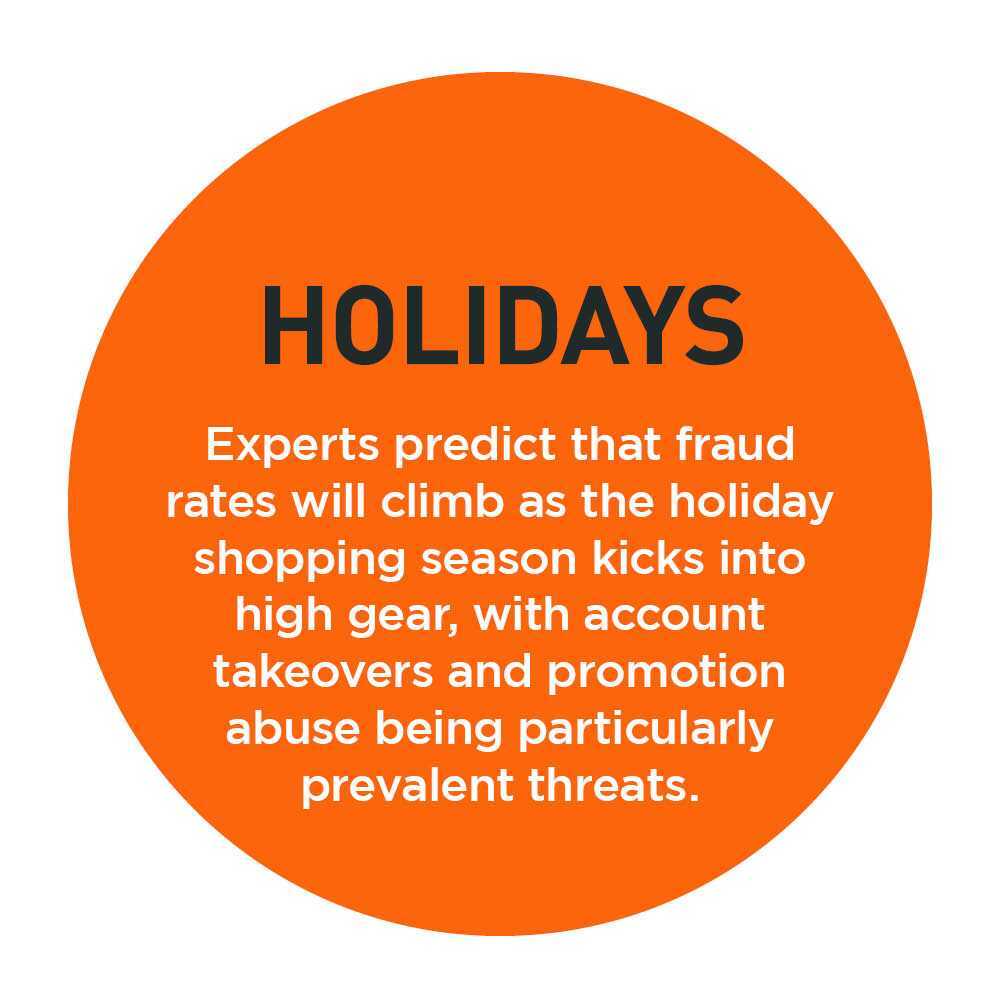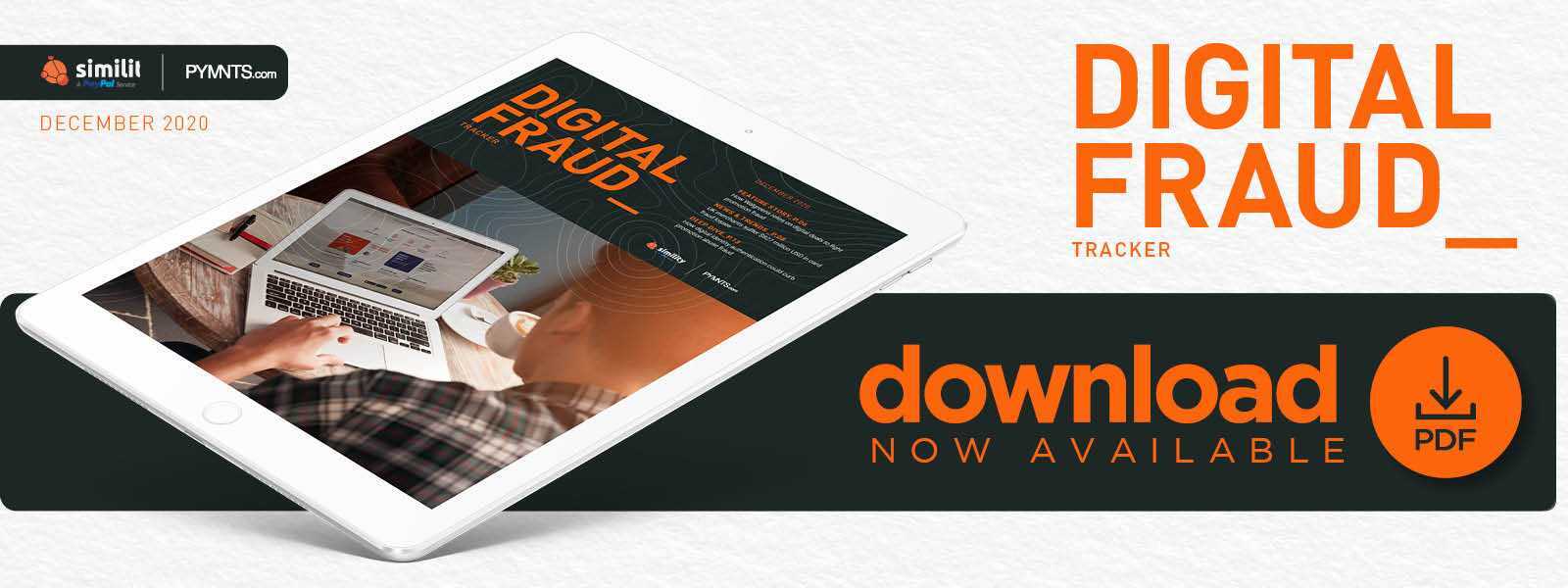Walgreens Fights Promotion Abuse With Digital Tracking

Digital fraud is a long-running problem for merchants, retailers, banks and businesses of all types. Account takeovers and shipping fraud increased by 347% and 391%, respectively, between 2018 and 2019, and the pandemic has only exacerbated these issues. Twenty-two percent of Americans have reported being targeted by pandemic-related fraud, for example, such as schemes involving fake personal protective equipment (PPE) merchants or fraudsters impersonating tax officials.
 One fraud type that is becoming a much larger problem is promotion abuse, which entails individuals taking advantage of merchants’ sales or discounts multiple times instead of adhering to the appropriate terms. One report found that there was a 54% increase in gift card and loyalty fraud in May compared to the previous month, making promotion fraud prevention a top priority for merchants.
One fraud type that is becoming a much larger problem is promotion abuse, which entails individuals taking advantage of merchants’ sales or discounts multiple times instead of adhering to the appropriate terms. One report found that there was a 54% increase in gift card and loyalty fraud in May compared to the previous month, making promotion fraud prevention a top priority for merchants.
In the December edition of the “Digital Fraud Tracker,” PYMNTS explores the latest in the world of fraud prevention, including the expanding threat of promotion abuse fraud, holiday season cybercrime schemes retailers are facing and the new fraud-fighting initiatives from retailers, banks and third-party security companies.
Developments Around the World of Digital Fraud
Merchants are wrestling with numerous types of fraud, and the ongoing pandemic is making these attacks all the more devastating to their revenues. United Kingdom retailers saw the equivalent of €706 million ($827 million) in card fraud losses in 2019, for example, and the pandemic is expected to add to these woes as it pushes more retail shopping online. Other fraudsters are deploying phishing schemes to net their ill-gotten gains, either using the stolen data themselves or selling it online.
 Fraudsters are also capitalizing on the holiday shopping season as merchants experience higher online shopping rates than ever before due to social distancing orders. One report predicted that account takeovers would be an especially pervasive threat this season, with up to 30% of online transactions being made by new customers who may be unaware of security best practices. This represents a fivefold increase from the pre-pandemic normal, when most consumers shopping online were better attuned to security protocol.
Fraudsters are also capitalizing on the holiday shopping season as merchants experience higher online shopping rates than ever before due to social distancing orders. One report predicted that account takeovers would be an especially pervasive threat this season, with up to 30% of online transactions being made by new customers who may be unaware of security best practices. This represents a fivefold increase from the pre-pandemic normal, when most consumers shopping online were better attuned to security protocol.
These rising levels of fraud have prompted merchants, payment providers and banks to devote vast sums to security efforts such as advanced technologies and customer education initiatives. Banks in the Asia-Pacific region are expected to spend an average of $83 million each on fraud prevention measures through the end of the next year to shore up potential entry points for fraudsters like online banking accounts, for example.
For more on these and other digital fraud news items, download this month’s Tracker.
Walgreens On Stopping Promotion Abuse Fraud Through Online Deals
Promotions have become critical to boosting merchants’ bottom lines during the recession, with customers seeking better prices and retailers looking to boost revenues. Fraudsters are looking to falsify these promotions, however, putting merchants in an untenable situation that requires a brand-new approach to fix.
In this month’s Digital Fraud Tracker, Luke Rauch, vice president of customer experience at Walgreens, discusses how moving promotions online can help retailers track and verify these deals to reduce fraud.
 Deep Dive: Why Merchants Must Revamp Promotion Abuse Protections During the Pandemic
Deep Dive: Why Merchants Must Revamp Promotion Abuse Protections During the Pandemic
Merchants have quickly adapted their business models to the pandemic’s new realities, with promotions playing a key role in attracting new customers and retaining existing ones. Fraudsters are eager to abuse or even fabricate these promotions, however, with such schemes becoming increasingly detrimental as margins grow thinner.
This month’s Deep Dive takes a closer look at how promotion abuse is ramping up due to the pandemic, how this will intersect with the 2020 holiday season and the techniques that merchants are deploying to keep fraudsters away.
About the Tracker
The “Digital Fraud Tracker,” done in collaboration with Simility, is your go-to monthly resource for updates on trends and changes in digital fraud prevention.
